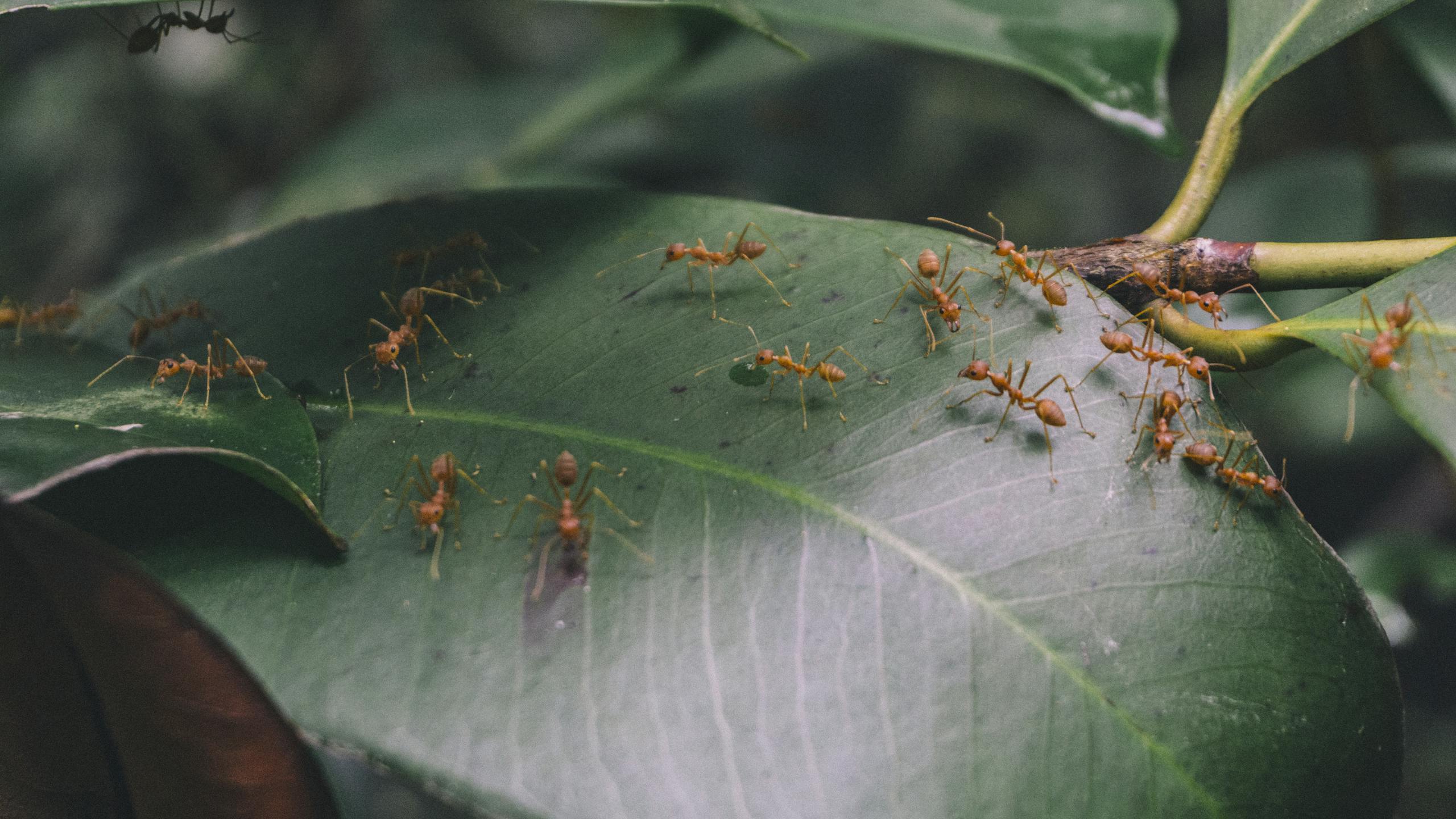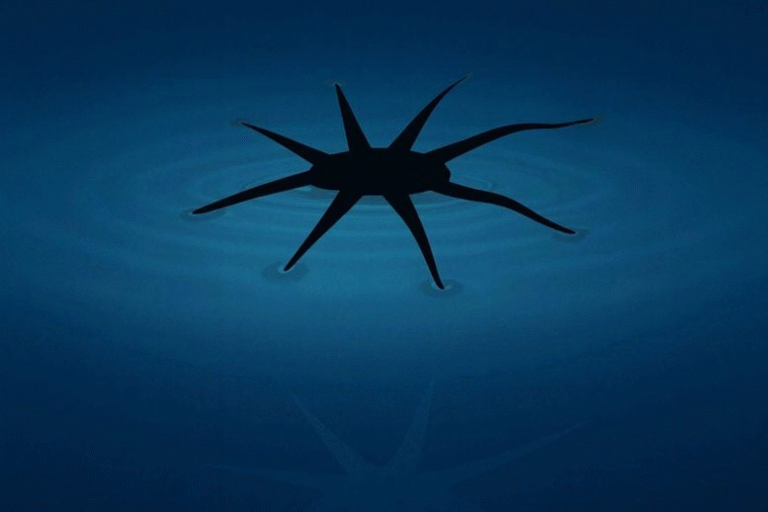Weaver Ants Use a Teamwork Trick That Makes Them Stronger in Bigger Groups

Weaver ants, scientifically known as Oecophylla smaragdina, have revealed a surprising way of working together that challenges long-held ideas about teamwork. A new study published in Current Biology on August 12, 2025 shows that instead of weakening when working in large groups, these ants actually get stronger. Researchers describe this cooperative method as a “force ratchet”—a mechanism where ants split roles into pulling and anchoring, making their collective power far greater than the sum of their parts.
For more than a century, human teamwork has been known to suffer from something called the Ringelmann effect. This effect was first described in 1913 by French engineer Max Ringelmann, who found that as more people pulled on a rope together, the overall pulling force increased, but the individual contribution of each person decreased. The effect has since been observed in many human settings, from office committees to sports teams. In contrast, weaver ants appear to have evolved the exact opposite effect—when they work in larger groups, their individual effort increases.
Measuring Ant Power
The study was led by behavioral ecologist Madelyne Stewardson from Macquarie University, along with supervising co-author Dr. Chris Reid, also from Macquarie’s School of Natural Sciences, and collaborators from the University of Konstanz, the Max Planck Institute of Animal Behavior, and Imperial College London. To understand how weaver ants achieve this unusual teamwork, researchers ran experiments where ant colonies were encouraged to form pulling chains to move an artificial leaf attached to a force meter.

The results were striking: each ant nearly doubled its pulling force as the team size grew. Unlike humans, who tend to slack off in large groups, the ants pushed themselves harder when surrounded by teammates.
How the Force Ratchet Works
The study describes how ants in pulling chains divide into two main jobs. Some ants act as active pullers, tugging on the artificial leaf. Others become anchors, stretching their bodies backward to resist and hold force in place. By doing this, the ants effectively store pulling force in their chains. The back-anchored ants generate friction against the ground, while the front ants keep pulling forward.
This combination works like a ratchet mechanism—instead of effort being wasted, the chain locks in the force from each participant, ensuring that strength accumulates as more ants join. Longer chains also give the group better grip on the ground, making them more resistant to opposing forces.
Outperforming Human Teamwork
The researchers describe this as an anti-Ringelmann effect. Instead of declining efficiency in bigger groups, weaver ants demonstrate superefficient teamwork where group size magnifies individual contributions. This finding is especially impressive considering the ants’ physical strength. Individually, a weaver ant can pull around 60 times its own body weight, but in groups of about 15 ants, their collective effort can exceed 100 times their combined body weight.
Their natural design also helps. With six legs and special sticky feet, the ants can hold firm on different surfaces while pulling. Combined with their ability to chain together and coordinate roles, this creates an extremely effective cooperative system.
Implications for Robotics
The insights from weaver ants extend beyond biology. The research team highlights how these strategies could inspire the development of more efficient robot teams. At present, robots working in groups usually contribute no more force than they do individually, meaning teamwork only adds linearly. Weaver ants, however, show the potential for exponential efficiency gains through coordinated anchoring and pulling.
Robotics researchers are already experimenting with multi-legged robots inspired by millipedes, which perform better on rough terrain. Now, applying ant-inspired cooperative strategies like the force ratchet could allow teams of autonomous robots to achieve much more than their individual parts.
Natural Nest-Building
In their natural environment, weaver ants use this teamwork to build aerial nests. They link their bodies into chains to pull leaves together and then use silk from their larvae to glue the leaves into place. Their cooperation is supported by chemical pheromones and tactile communication, ensuring precise coordination during these complex tasks.
Conclusion
The discovery of the force ratchet system in weaver ants challenges a deeply rooted assumption about teamwork—that bigger groups naturally dilute individual effort. Instead, these ants show that under the right conditions, group size can supercharge individual performance. Their superefficient teamwork not only provides insight into how nature solves cooperation problems but also points toward new possibilities in fields like swarm robotics, where machines could one day mirror the ants’ ability to become stronger together.
TLDR
Weaver ants defy the Ringelmann effect by pulling harder in larger groups, nearly doubling individual effort through a “force ratchet” mechanism. This teamwork boosts strength beyond human capacity and may inspire new designs in swarm robotics and cooperative engineering.
Research Paper: Superefficient teamwork in weaver ants – Current Biology, August 12, 2025




